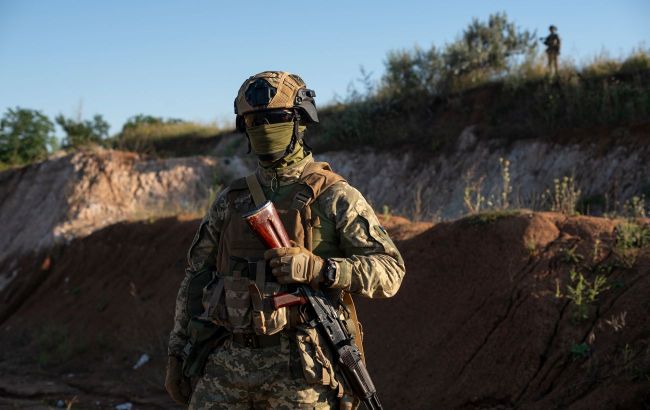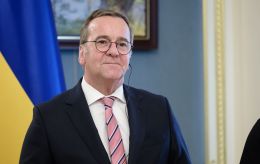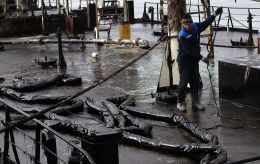Analysts assess how many troops Europe could deploy to Ukraine
 Photo: Ukraine may need tens of thousands of European troops (Getty Images)
Photo: Ukraine may need tens of thousands of European troops (Getty Images)
The British analytical center International Institute for Strategic Studies (IISS) assessed the possibility of deploying European troops to Ukraine to deter Russian aggression. The analysis suggests the potential deployment of tens of thousands of troops and hundreds of combat aircraft, according to Defense Express.
According to IISS analysts, stationing so-called deterrence forces in Ukraine to prevent further Russian aggression would be a major challenge for European countries and would require significant resources.
Experts have considered three possible scenarios for troop deployment.
The smallest deployment scenario involves approximately 10,000 troops in a single brigade, supported by aviation and naval forces.
The medium option envisions a division-sized force of up to 25,000 troops, capable of effectively responding to a threat from a single direction. This force would include around 100 fighter jets and up to six warships.
The largest possible scenario involves forming a corps-sized contingent of 60,000 to 100,000 troops, which could counter Russian attacks from multiple directions.
US support
However, analysts note that deploying such a large force without US involvement would be extremely challenging.
European countries lack critical military components, including long-range missile systems, attack helicopters, reconnaissance and electronic warfare assets, and a strong air defense system.
Air support for the operation could also be a significant challenge. If 200 fighter jets were deployed, their sustainability would require a significant number of aerial refueling tankers and airborne early warning aircraft, which Europe has only in limited numbers.
A broad coalition and troop security
The operation would also require the use of civilian infrastructure, including the ports of Odesa, for transporting troops and equipment. According to experts, even the medium-scale scenario would necessitate the formation of a broad international coalition to prevent excessive strain on certain countries.
Another major challenge would be ensuring the security of these forces. IISS analysts point out that regardless of the scale of deployment, any foreign contingent in Ukraine would inevitably become a target for Russian attacks. This would require a clear response strategy and a defined scope of responsibility for the deterrence forces in case of escalation.
European contingent in Ukraine
European countries are currently discussing the potential deployment of military personnel in Ukraine after the full-scale war ends.
In early March, UK Prime Minister Keir Starmer announced the creation of a "coalition of the willing" to gather countries that are ready to send troops.
The most recent summit of the coalition took place on March 27 in Paris, attended by Ukrainian President Volodymyr Zelenskyy. Representatives from the EU, the UK, Canada, Norway, and Türkiye also participated.
French President Emmanuel Macron has also proposed deploying deterrence forces in Ukraine after the war ends, suggesting this could be part of future security guarantees.
Additionally, NATO recently outlined three conditions for deploying European troops to Ukraine.

